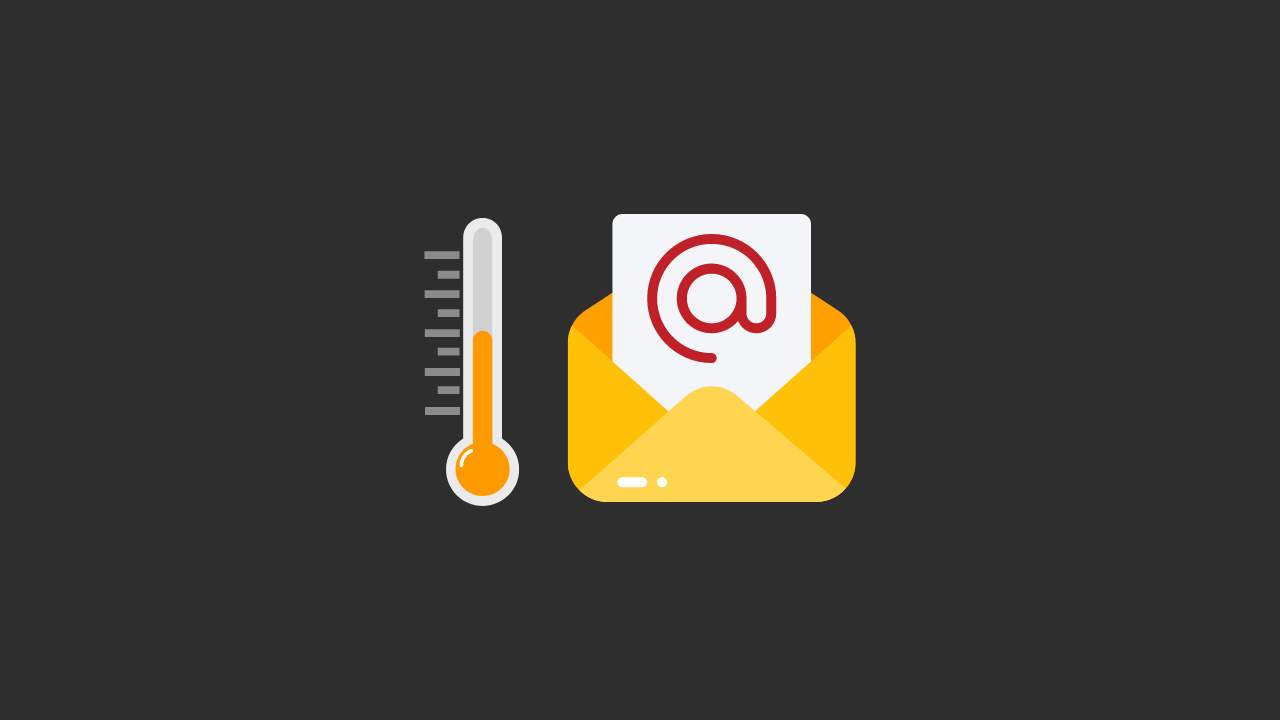Warming up your SMTP server is an essential task. It involves gradually increasing the volume of emails sent through the server to build a positive reputation with internet service providers (ISPs) and avoid being flagged as spam.
In this article, we will explore how to warm up your SMTP server automatically using online services, as well as how to connect your SMTP server to these services.
What is SMTP Warming Up?
Warming up your SMTP server involves more than just gradually increasing email volume over time. It also involves actions such as marking important emails, moving them from spam folders to inboxes, and replying to them.
Essentially, the goal is to establish a positive reputation with ISPs by allowing them to become familiar with your sending patterns and building trust with your domain. This is crucial because ISPs use complex algorithms to distinguish between legitimate emails and spam, and a good reputation can significantly improve email deliverability rates.
So, in summary, warming up your SMTP server involves gradually increasing email volume while also taking steps to establish a positive reputation with ISPs through various actions such as marking important emails and replying to them.
Why is Warming Up Important?
Warming up your SMTP server is a crucial step in email marketing because it plays a significant role in establishing a positive reputation with ISPs. This is important because ISPs are responsible for filtering and delivering emails to their recipients, and their filters are designed to detect and block spam emails.
By gradually increasing your email volume, you avoid triggering these filters and reduce the chances of your emails getting flagged as spam or blocked. This is especially important when sending marketing emails or newsletters to a large list of subscribers.
Without a proper warm-up, your emails may end up in the spam folder or not be delivered at all, which can negatively impact the success of your email campaign. Additionally, a poor reputation with ISPs can lead to long-term deliverability issues and damage your brand’s reputation. Therefore, it is essential to take the time to warm up your SMTP server properly before launching your email campaign.
During the warm-up process, it is important to monitor your email deliverability rates and adjust your sending patterns accordingly. If you notice that your emails are being marked as spam or not being delivered, you may need to slow down your sending or adjust your content to comply with spam filter guidelines.
By monitoring your email performance and making adjustments as needed, you can ensure that your emails reach their intended recipients and achieve the desired results.
How to Warm Up Your SMTP Server Automatically?
Several online services allow you to automatically warm up your SMTP server. These services send a small volume of emails on your behalf over some time, gradually increasing the volume until you reach your desired email send volume.
Here are the steps to warm up your SMTP server automatically using an online service:
Step 1: Choose an Online Service
The first step is to choose an online service that offers SMTP warm-up services. Some popular options include:
Step 2: Set Up Your SMTP Server
Next, you need to set up your SMTP server. Most online services will require you to enter your SMTP server details, including the server address, port number, username, and password. If you don’t have an SMTP server, check this article How to Build an SMTP Server Using Virtualmin on Centos, or you can use an email service provider like Amazon SES or SendGrid.
Step 3: Configure Warm-up Settings
Once you have set up your SMTP server, you can configure the warm-up settings. This includes setting the initial email volume, the number of days to ramp up, and the final email volume. You can also set the frequency of emails to be sent per day.
Step 4: Start Warm-up
Once you have configured your warm-up settings, you can start the warm-up process. The online service will start sending emails on your behalf, gradually increasing the volume over time.
How to Connect SMTP to Online Services
Connecting your SMTP server to an online service is a simple process. Here are the steps to connect your SMTP server to an online service:
Step 1: Log In to Your Account
Log in to your account on the online service’s website.
Step 2: Add Your SMTP Server
Click on the “Add SMTP Server” button and enter your server details, including the server address, port number, username, and password.
Step 3: Verify Your SMTP Server
Most online services will require you to verify your SMTP server. This involves sending a verification email to an email address on your server and clicking on a verification link.
Step 4: Configure Warm-up Settings
Once your SMTP server is verified, you can configure the warm-up settings as described in Step 3 of the previous section.
Step 5: Start Warm-up
Once you have configured your warm-up settings, you can start the warm-up process. The online service will start sending emails on your behalf and gradually increase the volume over time.
Conclusion
To sum up, warming up your SMTP server is a crucial step that every email marketer should undertake to ensure that their emails are delivered to their intended recipients. This process helps establish a good reputation with ISPs, leading to higher email deliverability rates and a more successful email campaign.
You can automate the warm-up process and gradually increase your email volume, saving you valuable time and effort. However, it is crucial to choose a reputable service provider and follow the guidelines outlined in this article to ensure a successful warm-up process. With these steps in mind, you can improve your email campaign’s effectiveness and reach a wider audience with ease.













